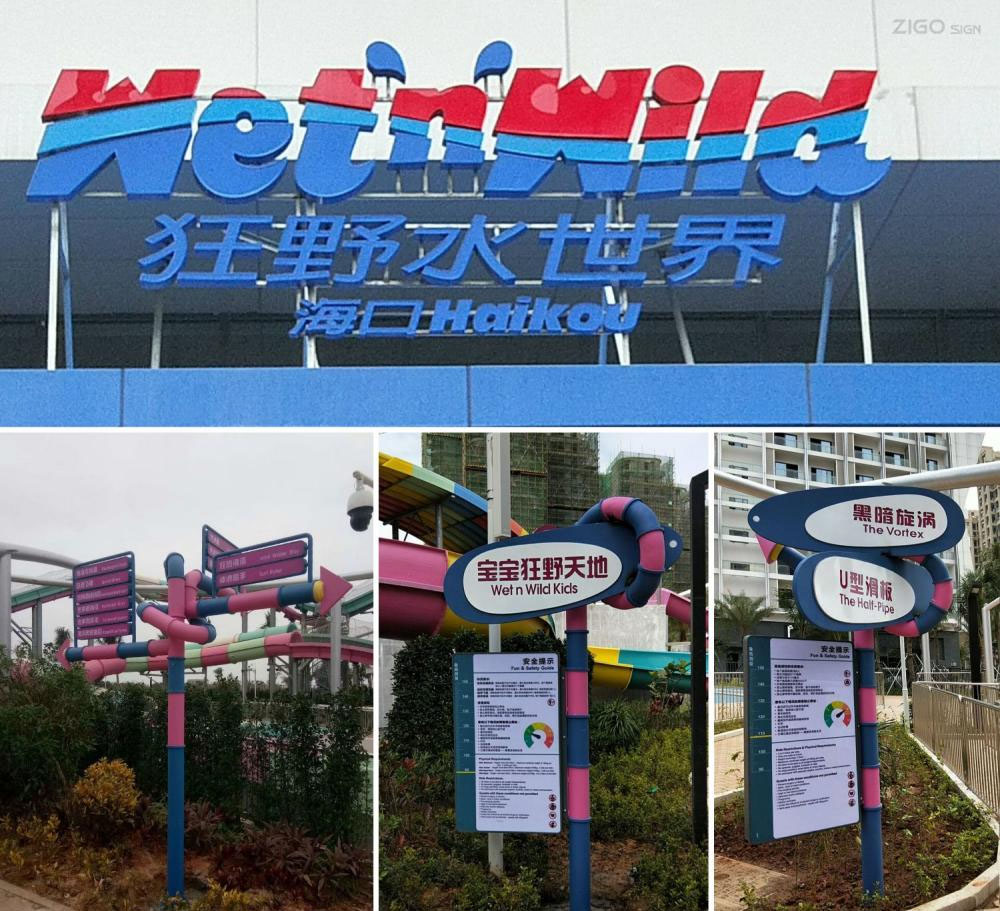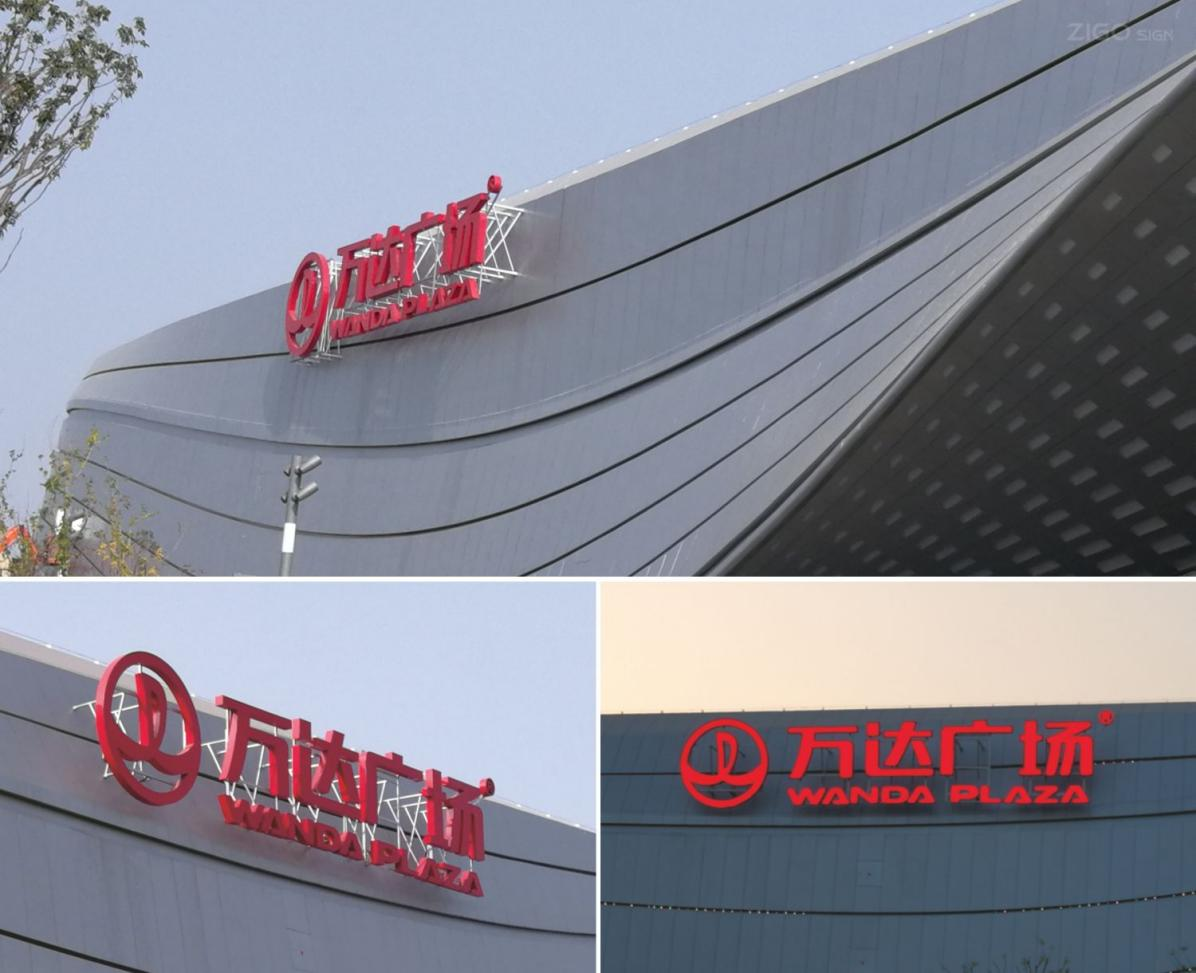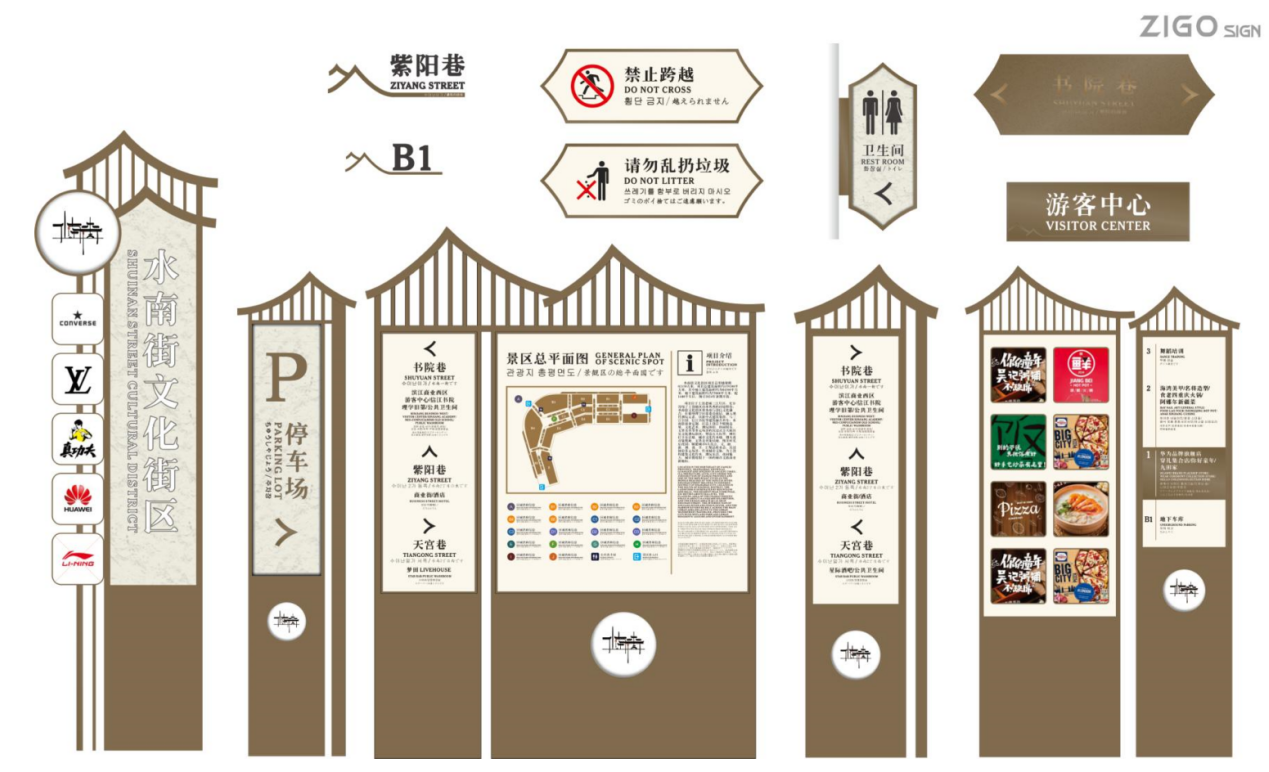Wayfinding signage plays a critical role in guiding people through complex environments, enhancing their experience, and ensuring they reach their destinations with ease. Whether in hospitals, airports, shopping malls, or corporate campuses, effective wayfinding systems help reduce confusion and improve navigation. This ultimate guide covers the essential principles, design considerations, and best practices for creating effective wayfinding signage.
The primary function of wayfinding signage is to guide individuals through a space and provide essential information. This can include directional signs, informational panels, maps, and identification signs. Understanding the purpose of your signage will help you define the specific needs of your audience and the context in which they will use the signs. Effective wayfinding should address common user questions such as:
Where am I?
Where do I need to go?
What options do I have?
How do I get there?
Identifying your target audience is crucial for designing effective wayfinding signage. Different groups may have varying levels of familiarity with the environment, and their needs may differ significantly. Consider the following factors when assessing your audience:
Demographics: Age, language, and cultural background can influence how people interpret signage.
Familiarity: Regular visitors may require less detailed information than first-time users.
Mobility: Consider the needs of individuals with disabilities, ensuring compliance with accessibility standards.
A thorough site analysis is essential for understanding the flow of movement within the environment. Assess key areas such as:
Entry Points: Identify where users typically enter the space.
High Traffic Areas: Determine where congestion occurs and where additional signage may be beneficial.
Obstacles: Note physical barriers that could impede visibility or navigation.
This analysis will help you strategically place signage and create a cohesive wayfinding system tailored to the unique characteristics of the environment.

Establishing a clear signage hierarchy is essential for guiding users effectively. A well-organized system helps individuals understand the significance of each sign and its role in the navigation process. Consider the following elements:
Primary Signs: These signs provide essential directional information, such as major intersections or key destinations.
Secondary Signs: These offer additional details or guidance, such as building entrances or restrooms.
Informational Signs: These provide context, such as maps or rules and regulations.
Using different sizes, colors, and fonts can help distinguish between the types of signs and guide users effectively through the space.
Consistency in design is vital for creating an intuitive wayfinding experience. By maintaining uniformity in colors, fonts, icons, and styles, you help users quickly recognize and understand the signage. Consider the following design elements:
Color Palette: Use colors that are easily distinguishable and consistent with the brand identity.
Typography: Choose legible fonts that are easy to read from a distance. Avoid overly decorative fonts that can confuse users.
Icons and Symbols: Use universally recognized symbols to convey information quickly and clearly.

Clear and simple messaging is critical in wayfinding signage. Avoid cluttering signs with excessive information, which can overwhelm users. Instead, focus on delivering essential information concisely. Keep these tips in mind:
Use Short Phrases: Limit text to key terms and phrases that are easy to read and understand.
Avoid Jargon: Use language that is accessible to all users, regardless of their familiarity with the environment.
Logical Flow: Ensure that the information on the sign logically guides the user to their next step.

Before finalizing your wayfinding signage, conduct user testing to gather feedback on its effectiveness. Observing real users navigating the space can provide valuable insights into any potential confusion or issues. Evaluate how well the signage meets user needs and make necessary adjustments based on their feedback.
Wayfinding signage requires ongoing maintenance to ensure clarity and accuracy. Establish a regular schedule for inspecting and updating signs as necessary, especially in environments where changes occur frequently. Keeping signage up-to-date ensures users always have access to accurate information and helps maintain a positive experience.
Q: What are the essential components of effective wayfinding signage?
A: Essential components include clear directional signs, informational panels, maps, and identification signs. Each type should be strategically placed to guide users efficiently.
Q: How can I ensure my wayfinding signage is accessible to all users?
A: Incorporate features such as braille, large fonts, and high-contrast colors. Ensure that signage complies with accessibility standards and consider the needs of individuals with disabilities.
Q: What role does branding play in wayfinding signage?
A: Branding helps create a cohesive look and feel, reinforcing the identity of the space. Consistent use of colors, fonts, and logos enhances recognition and trust among users.
In conclusion, effective wayfinding signage is a crucial component of user experience in various environments. By understanding the purpose of signage, knowing your audience, and applying best practices in design and implementation, you can create a system that enhances navigation and reduces confusion, ultimately improving overall satisfaction.
ZIGO is a signage company with one-stop service capabilities in the wayfinding system industry.
Discover the art and science of effective wayfinding signage, guiding users through design principles, common challenges, and more!
